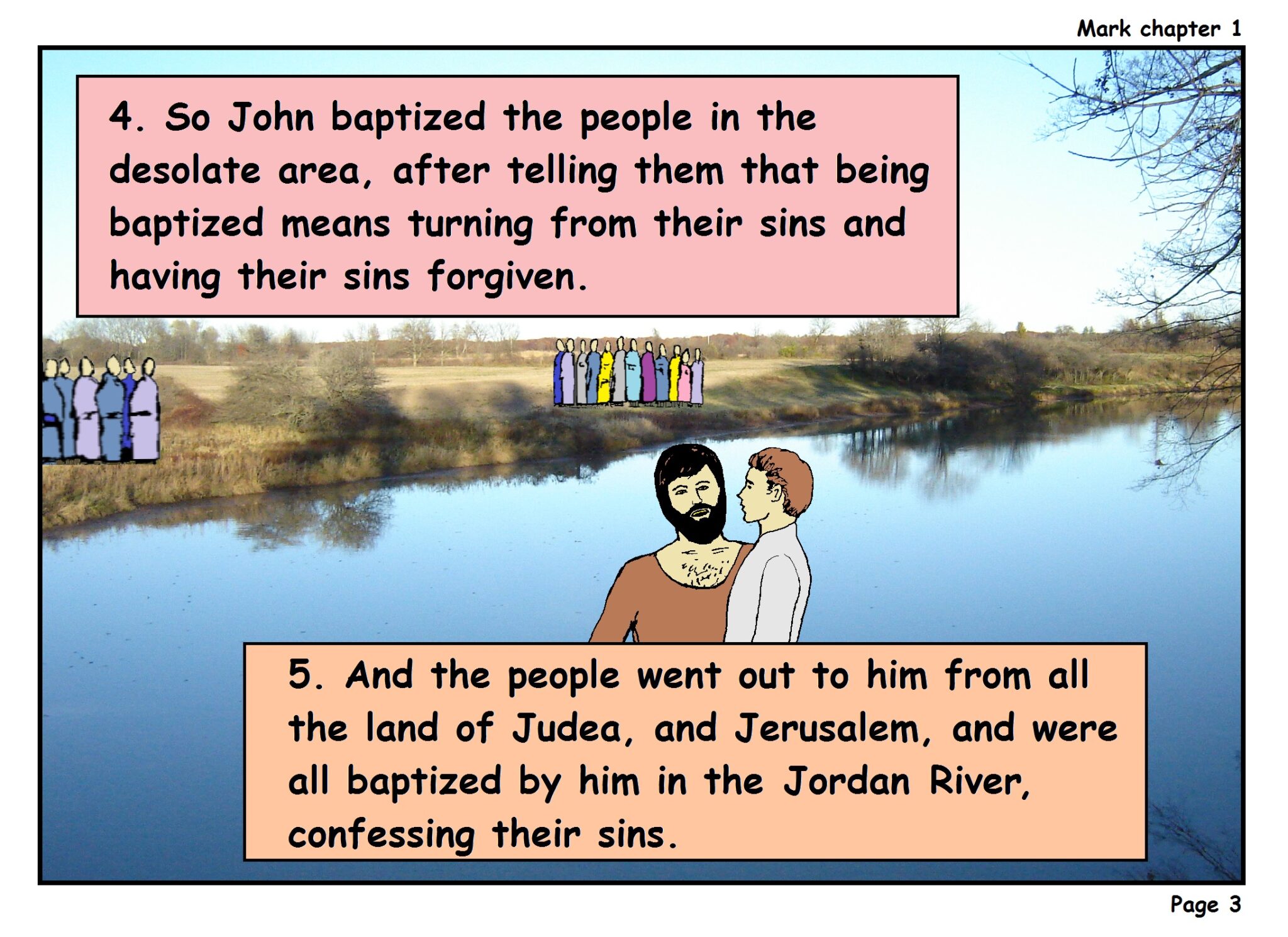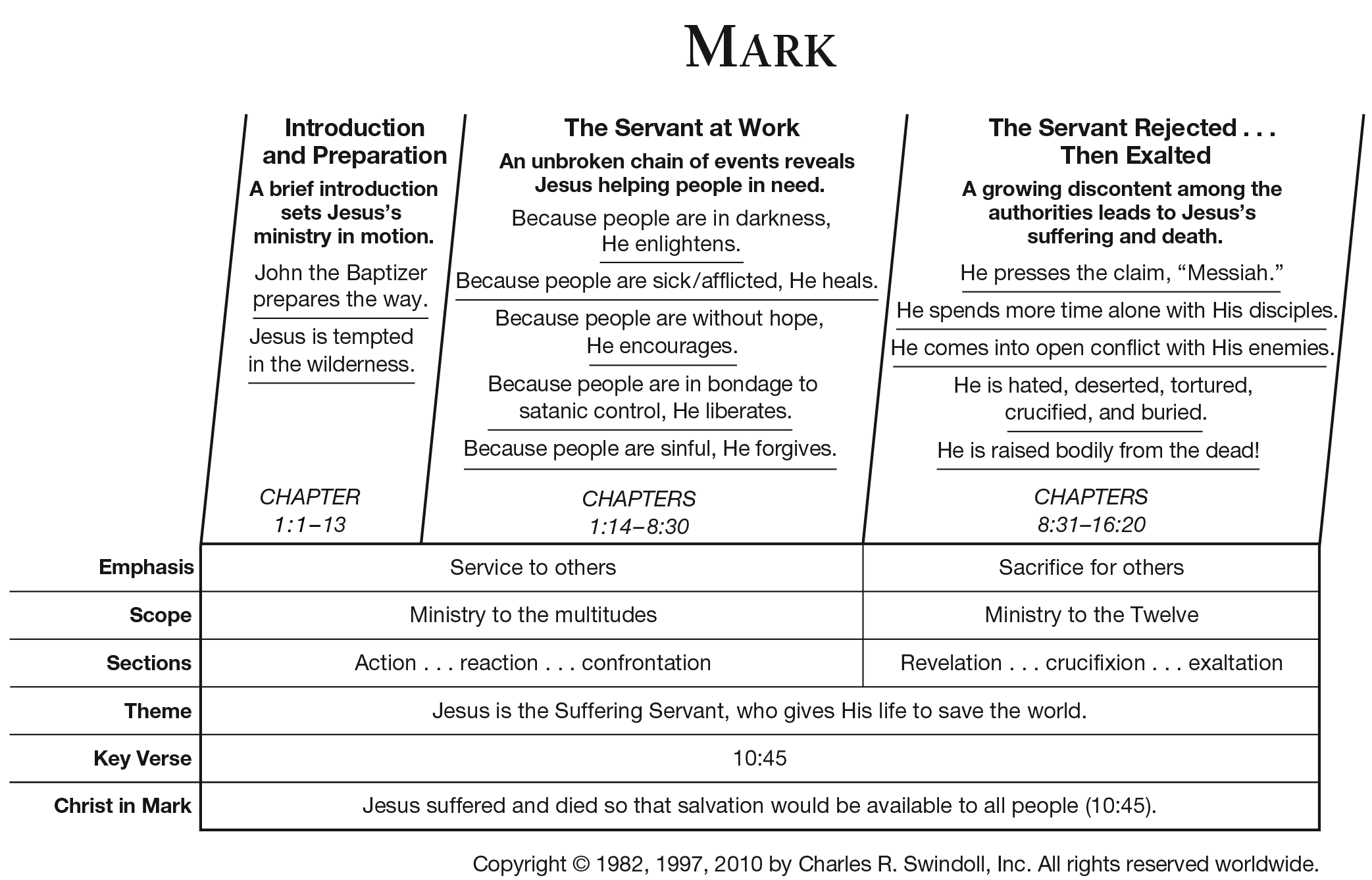
This would place the composition of Mark either immediately after the destruction, which is the position of most scholars, or during the years immediately prior.

It is usually dated through the eschatological discourse in Mark 13, which scholars interpret as pointing to the First Jewish–Roman War (66–74 AD)-a war that lead to the destruction of the Second Temple in AD 70. Authorship and date Īn early Christian tradition deriving from Papias of Hierapolis (c.60–c.130 AD) attributes authorship of the gospel to Mark, a companion and interpreter of Peter, but most scholars believe that it was written anonymously, and that the name of Mark was attached later in order to link it to an authoritative figure.
Gospel of mark free online bible study plus#
The two-source hypothesis: Most scholars agree that Mark was the first of the gospels to be composed, and that the authors of Matthew and Luke used it plus a second document called the Q source when composing their own gospels. Most critical scholars reject the early church tradition linking the gospel to John Mark, who was a companion of the Apostle Peter, and it is now generally agreed that it was written anonymously for a gentile audience, probably in Rome, sometime shortly before or after the destruction of the Second Temple in 70 AD. All this is in keeping with Christian interpretation of prophecy, which is believed to foretell the fate of the messiah as suffering servant. He is called the Son of God but keeps his messianic nature secret even his disciples fail to understand him.

It portrays Jesus as a teacher, an exorcist, a healer, and a miracle worker, though it does not mention a miraculous birth or divine pre-existence. It tells of the ministry of Jesus from his baptism by John the Baptist to his death, burial, and the discovery of his empty tomb.

The Gospel of Mark is the second of the four canonical gospels and one of the three synoptic Gospels.


 0 kommentar(er)
0 kommentar(er)
